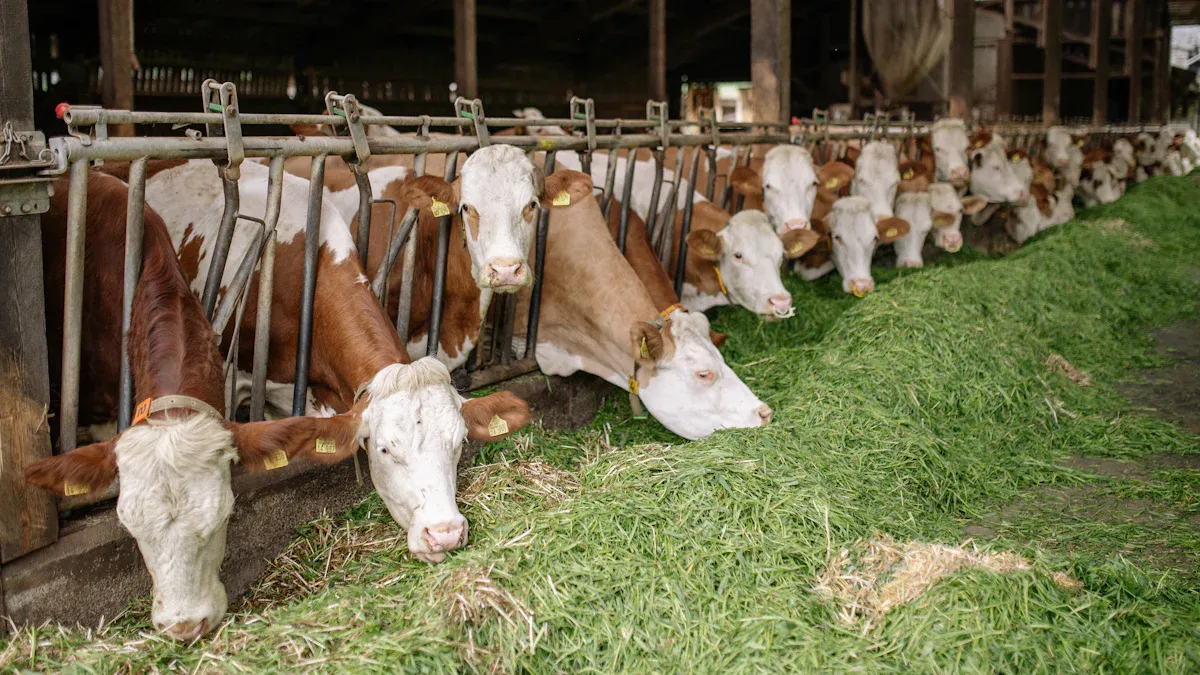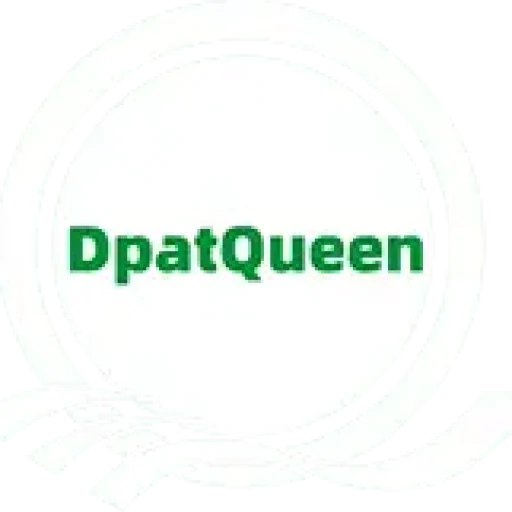
Have you noticed how mealworms are taking the animal feed industry by storm? Central European manufacturers are turning to mealworm exports for sustainable and high-quality feed. Why? Let’s look at some numbers:
- Europe consumed 42% of the global mealworm feed in 2022, showing its dedication to sustainable farming.
- Mealworms boast an impressive feed conversion rate of 2:1, making them incredibly efficient.
- The European Union now supports insect proteins in animal feed, boosting mealworm demand.
With innovations like Freeze Dried Mealworms In Bulk and advanced methods for drying mealworms, these tiny insects are reshaping the future of animal feed.
Key Takeaways
- Mealworms are a green and effective protein for animal feed. They have a 2:1 feed conversion rate, making them a wise pick for producers.
- Buying freeze-dried mealworms in large amounts makes storage easy. It also cuts transport costs and helps producers work faster.
- Using mealworm feed can lessen the need for imported proteins. It lowers costs and helps meet eco-friendly goals.
The Rise of Mealworm Exports in Central Europe

Key Players in the Mealworm Export Market
When it comes to mealworm exports, a few companies are leading the charge in Central Europe. These businesses have set the standard for innovation and sustainability in the industry. Here’s a quick look at some of the key players:
| Company | Focus Area | Notable Contributions |
|---|---|---|
| AgriProtein | Insect protein production | Pioneering use of insects for protein, sustainable practices |
| Ynsect | Insect-based ingredients for feed | High nutritional content, large production capacity |
| Gourmet Grubb | Alternative proteins for human and pet food | Versatile use of mealworms in gourmet and specialty feeds |
These companies have revolutionized how mealworms are used in animal feed. You’ll notice that their focus isn’t just on production but also on sustainability and versatility. This combination has made them leaders in the market.
Market Trends and the Role of Freeze Dried Mealworms In Bulk
The demand for mealworms is growing fast, and one product stands out: freeze dried mealworms in bulk. Why? Because they’re easy to store, transport, and use. Producers are investing in advanced drying technologies to meet this demand. Automation ensures consistent quality while keeping costs low.
Here’s what’s driving the trend:
- Commodity Price Influence: Rising prices for dried mealworms have encouraged producers to adopt energy-efficient drying systems.
- Technology Adoption: Automation has become essential for maintaining quality and reducing labor costs.
- Regulatory Compliance: Sustainability certifications are now a must for major retailers.
- Policy Influence: Regional policies offer financial incentives for sustainable practices, pushing the adoption of mealworm drying technologies.
Freeze dried mealworms in bulk are shaping the future of animal feed. They’re not just a product; they’re a solution to the challenges of cost, quality, and sustainability.
Nutritional Superiority of Mealworms
High-Quality Protein for Animal Feed
Mealworms are a powerhouse of nutrition, especially when it comes to protein. You might be surprised to learn that their protein content ranges from 13.68 to 22.32 grams per 100 grams. That’s higher than many traditional protein sources like fish or soybean meal. This makes mealworms an excellent choice for animal feed.
Research backs this up. Studies show that replacing fish or soybean meal with mealworms in poultry diets doesn’t just maintain growth performance—it can even improve digestibility. Poultry fed with mealworm-based diets often show similar or better results compared to those on traditional feeds.
Here’s another interesting fact: mealworms are rich in essential nutrients like zinc, magnesium, and vitamin B12. These nutrients play a crucial role in animal health, supporting stronger bones, better immunity, and overall growth. With such impressive nutritional benefits, it’s no wonder mealworms are becoming a go-to ingredient for animal feed manufacturers.
Advantages Over Traditional Feed Ingredients
Mealworms don’t just match traditional feed ingredients—they surpass them in many ways. Take a look at this comparison:
| Nutrient | Mealworms (g/100g) | Traditional Meats (g/100g) |
|---|---|---|
| Protein | 13.68–22.32 | Lower than mealworms |
| Fat | 8.90–19.94 | Varies, often lower |
| Polyunsaturated Fatty Acids | High | Lower than mealworms |
| Zinc | High | Varies |
| Magnesium | High | Varies |
| Niacin | Present | Varies |
| Vitamin B12 | High | Varies |
As you can see, mealworms pack more protein and essential nutrients than many traditional options. They also contain high levels of polyunsaturated fatty acids, which are vital for healthy growth in animals.
Another advantage? Freeze dried mealworms in bulk are easy to store and transport. This makes them a practical choice for manufacturers looking to streamline their operations. Plus, mealworms require fewer resources to produce, making them a more sustainable option. By choosing mealworms, you’re not just feeding animals—you’re supporting a healthier planet.
Environmental Benefits of Mealworm Farming

Lower Carbon Footprint Compared to Traditional Protein Sources
Did you know mealworm farming has a much smaller environmental impact than traditional livestock farming? It’s true! Mealworms produce significantly fewer greenhouse gas emissions and require far less land. Let’s compare:
| Parameter | Mealworms | Traditional Livestock |
|---|---|---|
| Greenhouse Gas Emissions | Significantly lower | Higher |
| Land Area Required | Much less | More (beef, chicken, pork) |
| Feed Conversion Efficiency | Similar to poultry | Lower |
| Nitrogen Use Efficiency | Higher | Lower |
Mealworms also outperform Austrian organic broilers in several environmental categories. For example, producing 1 kg of mealworms emits just 20.4 kg of CO2-equivalent greenhouse gases, while broilers have 18–72% higher impacts. That’s a big difference! By choosing mealworms, you’re helping reduce the carbon footprint of animal feed production.
Resource Efficiency in Mealworm Production
Mealworms are champions of resource efficiency. They convert feed into protein more effectively than most traditional livestock. Plus, they have a greater edible portion, meaning less waste. Here are some impressive stats:
- Mealworms have 18–72% lower environmental impacts compared to Austrian organic broilers.
- Their water footprint is just 4341 m³ per ton, much lower than beef.
- They produce almost no direct or indirect greenhouse gas emissions.
Another advantage? Freeze dried mealworms in bulk are easy to store and transport, making them a practical and sustainable choice for manufacturers. With mealworms, you’re not just saving resources—you’re setting a new standard for efficiency in animal feed production.
Economic and Strategic Advantages for Central European Manufacturers
Cost-Effectiveness of Mealworm-Based Feed
Mealworm-based feed is a game-changer when it comes to cost savings. You’ll find that it’s not just about the price tag—it’s about efficiency. Mealworms convert feed into protein with unmatched precision. For every 1.7 kg of feed, mealworms produce 1 kg of biomass. Compare that to traditional livestock, which can require up to 8 kg of feed for the same output. This efficiency means you’re getting more protein for less input, saving money in the long run.
Another reason mealworm feed is so cost-effective is its ability to utilize food waste and by-products from industrial processes. Instead of letting these materials go to waste, they’re repurposed to grow mealworms. This reduces production costs while also cutting down on waste. It’s a win-win for your wallet and the environment.
And let’s not forget the convenience of freeze dried mealworms in bulk. They’re easy to store and transport, which helps you streamline your operations and reduce logistical expenses. When you add it all up, mealworm-based feed offers a smart, sustainable, and cost-effective solution for animal feed manufacturers.
Reducing Dependency on Imported Protein Sources
Relying on imported protein sources like soybean and fishmeal can be risky. Prices are rising, and supply chains are unpredictable. That’s where mealworms come in. They offer a local, sustainable alternative that reduces your dependency on imports. By choosing mealworm feed, you’re not just cutting costs—you’re gaining control over your supply chain.
Mealworms also align perfectly with sustainability goals. They convert organic waste into high-quality protein, requiring far fewer resources than traditional livestock. This means less land, less water, and a smaller carbon footprint. Plus, with the European Union’s push for sustainable agriculture, mealworms are becoming an integral part of livestock and aquaculture feeds.
Here’s a quick look at the strategic benefits of mealworm feed:
| Aspect | Details |
|---|---|
| Projected CAGR | Upwards of 30% in specific segments of the mealworm feed market over the next decade. |
| Market Drivers | Sustainability trends, regulatory support, and consumer demand for alternative protein sources. |
| Environmental Efficiency | Mealworms convert organic waste into protein efficiently, requiring significantly less feed. |
| Integration in Agriculture | Increasing adoption of mealworms in livestock and aquaculture feeds aligns with sustainability goals. |
By reducing your reliance on imported proteins, you’re not just saving money—you’re building a more resilient and sustainable business.
Mealworms are changing how you think about animal feed. Their sustainable, nutritious, and cost-effective qualities make them a smart choice for Central European manufacturers. Future projections show a 30% annual growth in mealworm feed markets, driven by demand for eco-friendly solutions. You’re witnessing a shift toward sustainable agriculture that prioritizes global food security.
FAQ
What makes mealworms a sustainable choice for animal feed?
Mealworms require less land, water, and energy to produce compared to traditional livestock. They also emit fewer greenhouse gases, making them an eco-friendly protein source. 🌱
Are freeze dried mealworms easy to store?
Yes! Freeze dried mealworms have a long shelf life and don’t need refrigeration. You can store them easily without worrying about spoilage.
Can mealworms replace traditional protein sources entirely?
Mealworms can complement or replace traditional proteins like fishmeal or soy. Their high nutritional value makes them a versatile option for animal feed.
💡 Tip: Switching to mealworm-based feed can reduce costs and improve sustainability in your production process!


